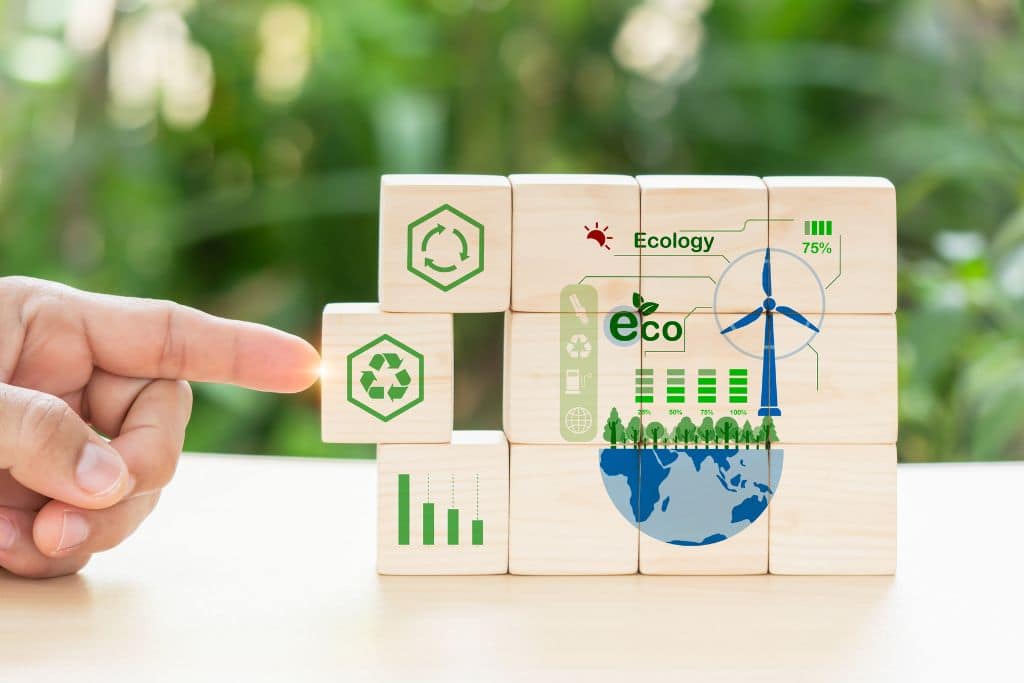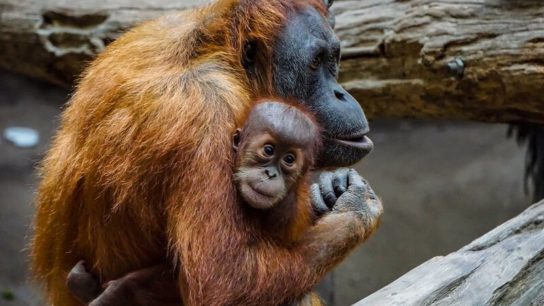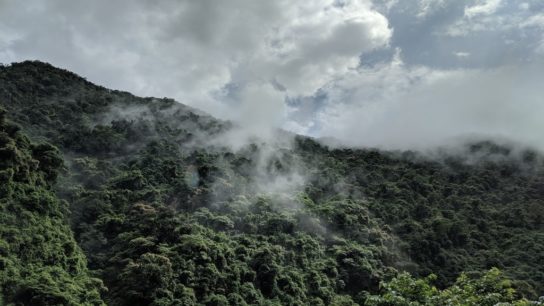Biodiversity is vital to our survival, and our consumerist habits are putting it at risk. How can the circular economy tackle the rising loss of biodiversity and help us protect our planet?
—
Biodiversity spans everything from animals and plants to fungi and bacteria, and makes up the very fabric of our natural world. It supports everything we need to survive, from the food we eat to our water supply and medicines.
But we are losing biodiversity at an alarming rate, with an estimated 69% decline in global populations of animals, birds and fish since the 1970s, with over 90% of biodiversity loss believed to be the result of the extraction and processing of natural resources.
Moving to a circular economy could help tackle this issue and reverse this loss entirely. Here’s how.
The Consequences of Biodiversity Loss for Our Planet
Biodiversity is the connection between all organisms on earth, creating one vital and interdependent ecosystem upon which communities and future generations depend. Every species on the planet has their role to play in biodiversity, meaning that a loss in biodiversity is likely to have a direct impact on the health of not just plants and animals but humans, too. We are all dependent on the complexity of biodiversity to survive and many of our services are dependent on protecting biodiversity, from access to fish, meat, and wood to clean air and water.
Humankind is currently using more natural resources than the planet can sustain, and it is putting immense pressure on species, habitats and communities on a global scale. The health of our planet affects us all, and biodiversity underpins it, so we need to take any loss seriously because it could mean millions of people facing a stark future with limited access to food and water.
Read more on the topic here: 5 Concerning Effects of Biodiversity Loss
3 Guiding Principles of the Circular Economy
1. No Product Should Become Waste
This principle is based on the notion of continually cycling through materials and products for new items, so that once an item is no longer of use, it can be repurposed rather than become waste.
“Circular businesses are directly involved in the shift away from over-using natural resources in a “take-make-waste” economy and into circular systems where waste and pollution are avoided and ultimately eliminated”, explains Rachel Thompson, Head of Sustainability at MPB.
2. Diversity = Greater Resilience
The more components a system has, the more resilient it will be. In nature, ecosystems are wholly interconnected but as humans, we need to find ways to make our production processes more intertwined, such as a farm producing a variety of foods if the production processes are already in place.
In the circular economy, this principle is known as cascades and it is the process of extracting as much from materials as possible, such as producing an item of cotton clothing that can become furniture stuffing when it can no longer be worn, then insulation material before it ultimately is anaerobically digested and returned to the soil. It is thinking more innovatively about what the lifespan of a product looks like and the ways it can be used to maximise the usability of the materials for as long as possible.
3. Produce Energy from Renewable Sources
From solar to wind power, renewable energy is something that we need to scale up globally to reduce our reliance on fossil fuels, the largest contributor to carbon dioxide (CO2) in the atmosphere and thus the main culprit of the climate crisis. Deriving energy from waste is also a solution that moves the world to a more circular way of operating, helping us reach net-zero targets faster.
According to ESWET, experts in sustainable waste management: “Improved and increased reusability, sorting, and recycling processes will play an important role in enhancing the circular economy. However, some residual waste streams, requiring safe treatment, will persist and potentially grow globally. The only viable solution for treating this residual waste is in state-of-the-art Waste-to-Energy plants, which close the loop of the circular economy”.
You might also like: How Sweden is Successfully Turning Waste to Energy
How Will the Circular Economy Help Reduce Biodiversity Loss?
Manufacturing and production spans a range of industries, from food and clothing to transport, technology and so much more. It is the biggest driver of biodiversity loss and food is the primary sector to blame, with animal-based products having the largest impact on the planet.
As much as half the world’s habitable land is used for feeding livestock, with vast swathes of forests cleared to create more space for our food system. How we produce food needs to change, and moving to regenerative agriculture, which promotes healthier soils and sequesters CO2 from the atmosphere, is an efficient way to produce better-quality food and potentially reverse climate change. It will also help minimise our culture of overconsumption and cutting on waste.
The mainstream linear economy and our take-make-waste habits are putting nature at risk and are exploiting the planet, emitting greenhouse gases, littering our oceans with microplastics and harming the delicate balance of the world’s natural systems.
Waste is ultimately a design flaw, meaning we can make better use of what we have and reduce the need for always buying new items. Likewise, all industries need to find ways to make better use of their waste so we do not constantly need to mine for new materials and resources. From companies like Winnow, which provides digital tools to enable chefs to measure and design around waste, to established brands like Patagonia, doubling down on their repair and reuse scheme, more can be done to make use of items before they need to be disposed of.
The circular economy is also one of the most effective solutions we have in tackling pollution – a major threat to global biodiversity. Pollution does not just result in greenhouse gases and damage to the ozone layer, it can also lead to the rise of invasive species, which worsen habitat degradation and climate change. While one issue may lead to another, switching to a circular economy can address all related problems at the source before further damage is done.
A circular economy offers us a framework for reducing pollution, eliminating waste and regenerating nature and ecosystems. There are various circular economy approaches we can take to support biodiversity and address the problems at the source. When the core principles of a circular economy are used together, we are able to rebuild biodiversity loss and create a healthier planet for the future.
You might also like: The Remarkable Benefits of Biodiversity














